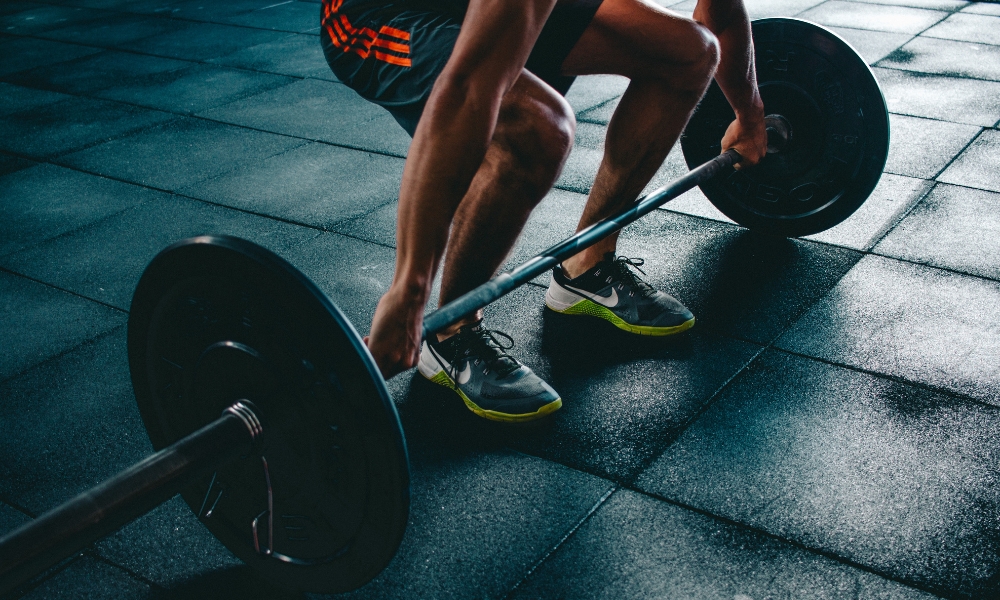
How to Enhance Functional Fitness
Functional fitness focuses on exercises that train your muscles to work together and prepare them for daily tasks by simulating common movements you might do at home, work, or in sports. Enhancing functional fitness improves overall physical health, coordination, strength, and mobility.
Here are ten practical tips to help you boost your functional fitness and overall health.
1. Incorporate Compound Movements
- Multi-Joint Exercises: Focus on exercises that work multiple muscle groups at once, such as squats, lunges, deadlifts, and push-ups. These movements mimic everyday activities and improve overall strength.
- Full-Body Workouts: Design workouts that engage your entire body rather than isolating specific muscles. This approach enhances functional fitness and coordination.
2. Use Bodyweight Exercises
- No Equipment Needed: Bodyweight exercises like planks, burpees, and mountain climbers can be done anywhere and are effective for building strength and endurance.
- Core Stability: Exercises like planks and bridges improve core strength, which is crucial for functional fitness and overall stability.
3. Incorporate Balance Training
- Single-Leg Exercises: Perform exercises on one leg, such as single-leg deadlifts or balance on a stability ball, to improve balance and stability.
- Balance Tools: Use tools like balance boards, stability balls, and BOSU balls to challenge your balance and enhance coordination.
4. Focus on Flexibility and Mobility
- Dynamic Stretching: Include dynamic stretching in your warm-up routine to increase mobility and prepare your muscles for movement.
- Yoga and Pilates: Practice yoga and Pilates to enhance flexibility, strength, and body awareness, which are essential for functional fitness.
5. Include Functional Movement Patterns
- Daily Movements: Incorporate movements that mimic daily activities, such as lifting, carrying, pushing, and pulling. This prepares your body for real-life tasks.
- Functional Training: Exercises like farmer’s walks, Turkish get-ups, and medicine ball throws are excellent for improving functional fitness.
6. Practice Good Posture
- Posture Awareness: Be mindful of your posture throughout the day. Stand and sit up straight, engage your core, and avoid slouching.
- Posture Exercises: Include exercises that strengthen your back and shoulders, such as rows and shoulder presses, to support good posture.
7. Use Resistance Training
- Resistance Bands: Incorporate resistance bands into your workouts for added resistance and versatility. They are excellent for functional movements and improving strength.
- Free Weights: Use free weights like dumbbells and kettlebells to perform functional exercises. These tools allow for a full range of motion and engage stabilizing muscles.
8. Engage in Cardiovascular Exercise
- Cardio Workouts: Include cardiovascular exercises like running, cycling, or swimming to improve heart health and endurance.
- HIIT Workouts: High-Intensity Interval Training (HIIT) combines short bursts of intense activity with recovery periods, enhancing cardiovascular fitness and functional strength.
9. Rest and Recover
- Rest Days: Allow time for rest and recovery to prevent overtraining and reduce the risk of injury.
- Active Recovery: Engage in light activities like walking or stretching on rest days to keep your body moving without putting too much strain on your muscles.
10. Stay Consistent
- Regular Routine: Create a regular exercise routine that incorporates functional fitness exercises several times a week.
- Progressive Overload: Gradually increase the intensity and complexity of your workouts to continue challenging your body and improving fitness levels.
Integrating Functional Fitness into Your Lifestyle
Create a Balanced Routine
- Variety in Exercises: Mix different types of exercises to keep your workouts interesting and comprehensive.
- Target All Muscle Groups: Ensure your routine targets all major muscle groups for balanced development and improved functional fitness.
Stay Motivated
- Set Goals: Establish specific, achievable goals to track your progress and stay motivated.
- Workout Buddy: Find a workout partner to keep you accountable and make exercise more enjoyable.
Healthy Lifestyle Choices
- Balanced Diet: Eat a nutritious diet to support your fitness goals and overall health.
- Hydration and Sleep: Stay hydrated and get adequate sleep to aid in recovery and performance.
Enhancing functional fitness involves a holistic approach that combines strength, flexibility, balance, and cardiovascular training. By following these practical tips and integrating them into your daily routine, you can improve your functional fitness, boost your overall physical health, and enhance your ability to perform everyday tasks with ease and efficiency. Stay consistent, challenge yourself, and enjoy the journey to better functional fitness.




